
Tradescantia zebrina Bosse Plants of the World Online Kew Science
The tradescantia 'Zebrina' is a fast-growing plant that needs regular fertilising to keep its foliage looking healthy and vibrant. Use a diluted balanced, water-soluble fertiliser every 2-3 weeks during the spring and summer, it will be bushy, long and trailing in no time. Should I prune my tradescantia 'Zebrina'?
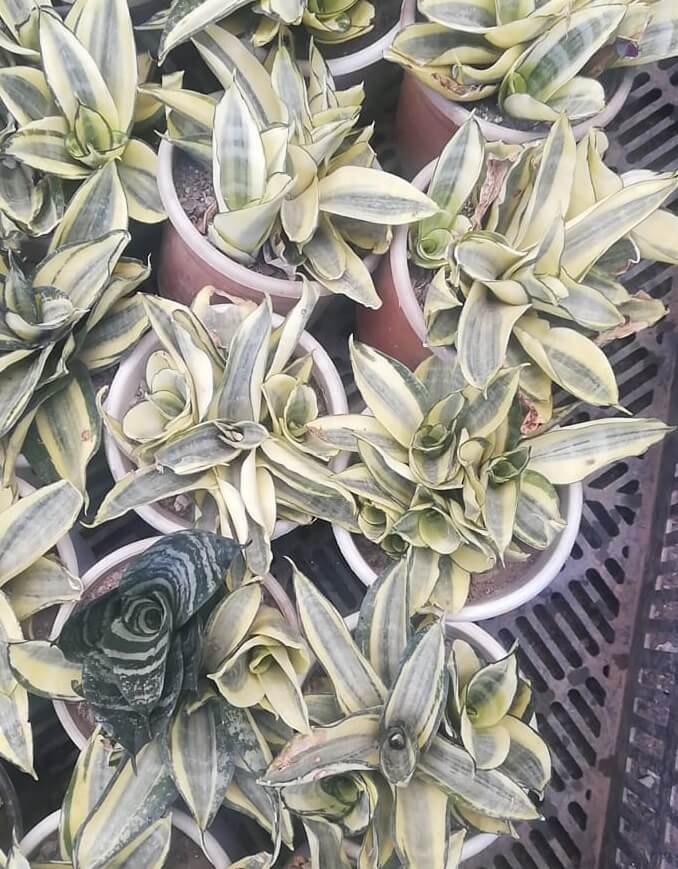
Tradescantia zebrina Bosse "Wandering jew" Succulent Plant
About Tradescantia or Inch Plant. Tradescantia zebrina (pronounced trad-es-KAN-tee-uh zeb-REE-nuh) is a species of creeping plant in the Tradescantia genus. Common names include wandering jude and inch plant. This plant was formerly called Zebrina pendula and wandering Jew. Another common name is Variegated Spiderwort.
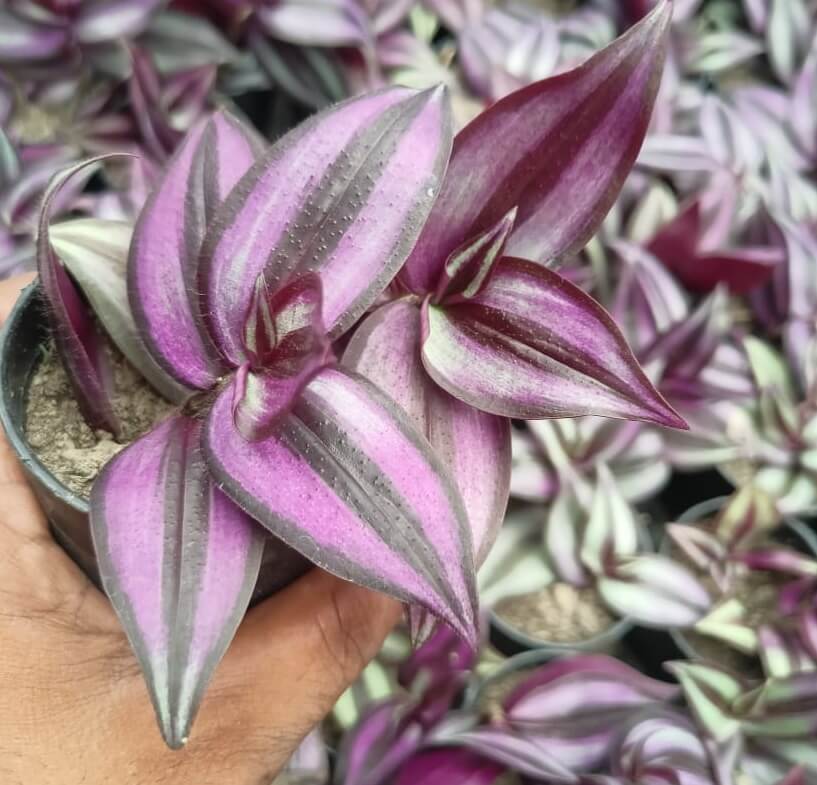
Tradescantia zebrina Bosse (Variety 1) "Wandering jew" Bhimtal Nursery
A popular houseplant, Tradescantia zebrina (Wandering Jew) is a trailing evergreen perennial with attractive, lance-shaped, green to purple leaves with two wide, silvery longitudinal stripes. In contrast, the lower leaf surface is solid magenta. Tiny boat-shaped rosy-purple flowers held in small terminal clusters appear sporadically throughout.
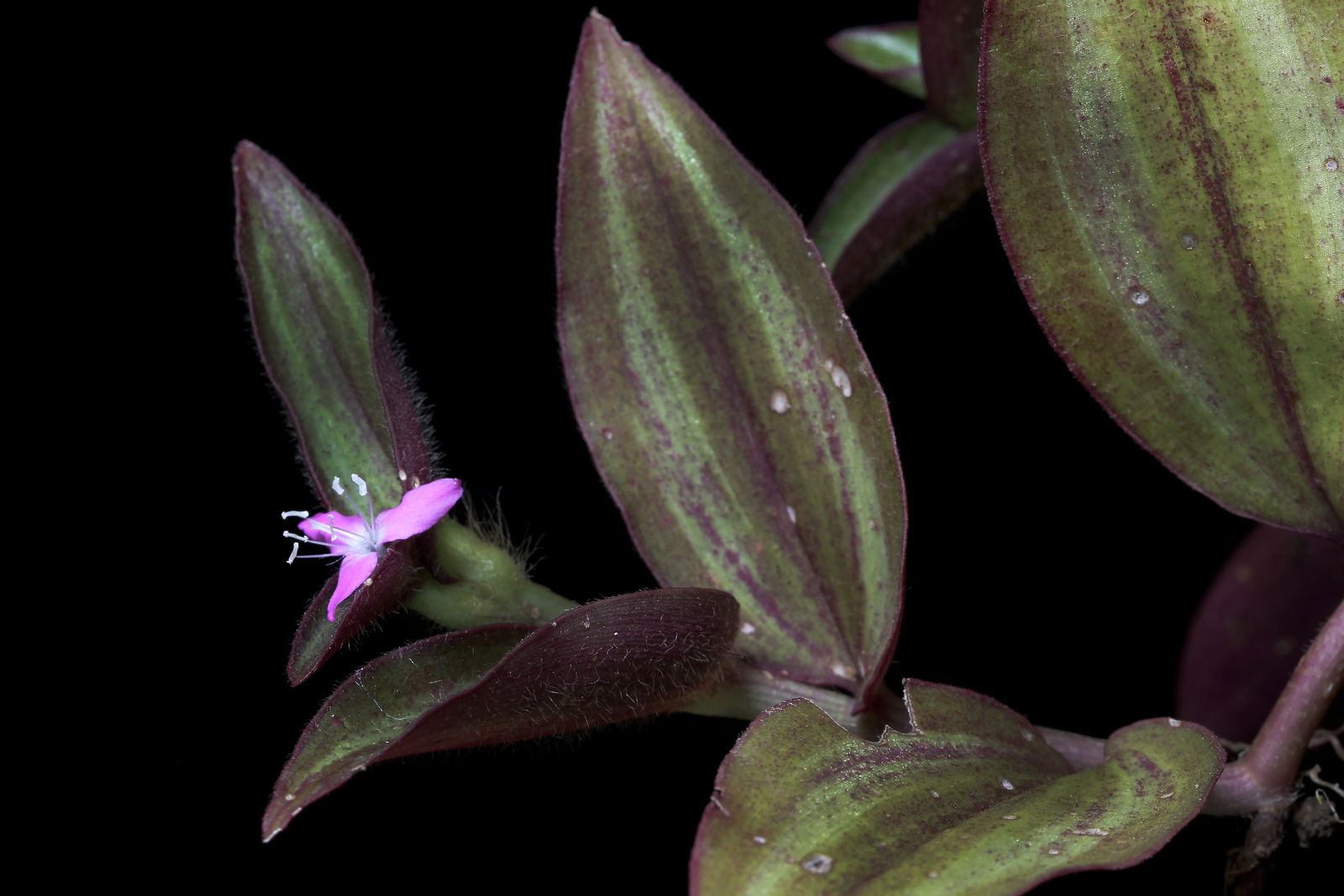
Tradescantia zebrina Bosse Plants of the World Online Kew Science
Tradescantiazebrina Search within this service select categories to search search for plants and animals Family Name: ZebrinapurpusiiZebrinapendula, Tradescantiapendula Common Name: Silver Inch Plant, Wandering Jew, 吊竹梅 Moderate Water Herb or Spice Suitable for Hanging Baskets Indoor Plant Ornamental Leaves Herbaceous Plant Explore more topics Name
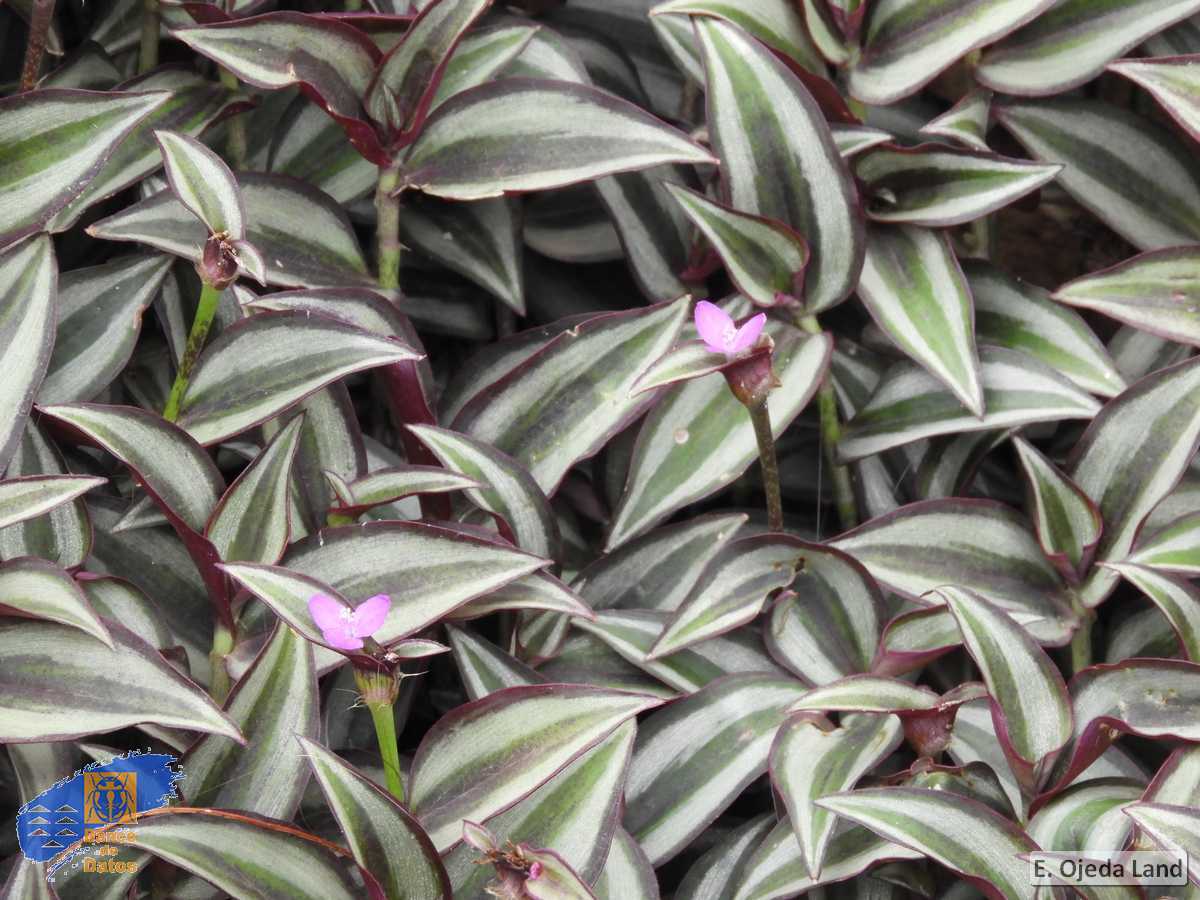
Biota Tradescantia zebrina Bosse
Tradescantia zebrina is a herbaceous perennial often grown as a houseplant. It has interesting variegated foliage striped green, white, and gray leaves with purple undersides. The leaves are ovate and clasp the stem at the base. Tiny three-petaled lavender-purple flowers appear infrequently indoors. Leaf nodes on the stem are supposed to be 1.
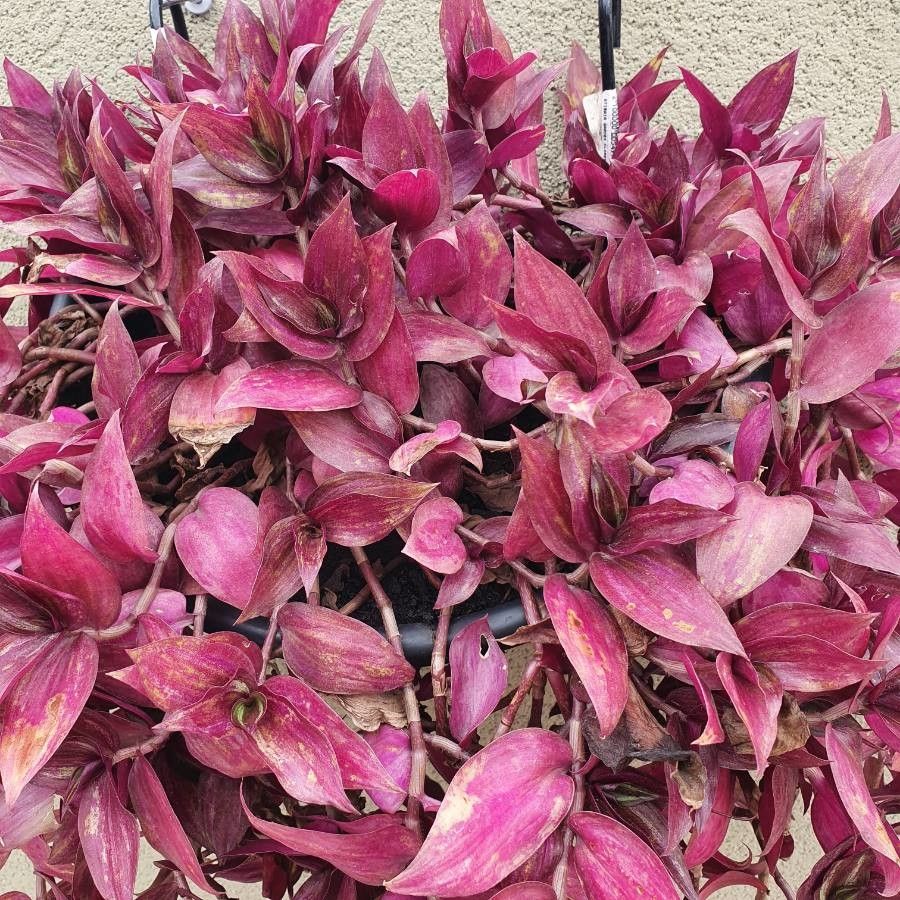
Observación Tradescantia zebrina Bosse (Luiza Paixão 1 de nov. de 2021) Plantas invasivas Pl
Tradescantia zebrina Bosse. First published in Vollst. Handb. Bl.-Gärtn., ed. 4: 655 (1849) This species is accepted The native range of this species is Mexico to Colombia. It is a subshrub and grows primarily in the seasonally dry tropical biome. It is has environmental uses and as a medicine.
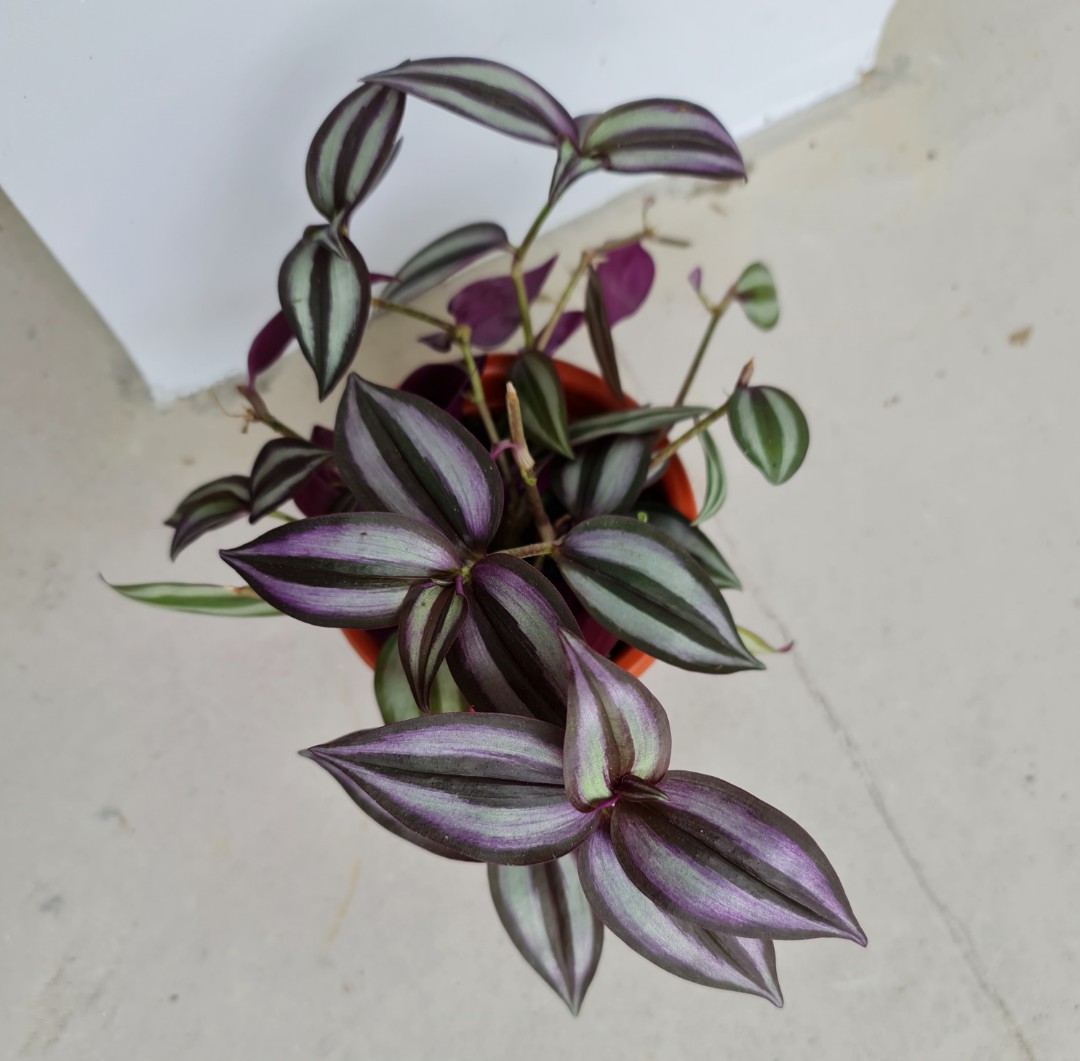
Tradescantia Zebrina Bosse plant (Inchplant), Furniture & Home Living, Gardening, Plants & Seeds
Tradescantia zebrina, formerly known as Zebrina pendula, is a species of creeping plant in the Tradescantia genus. Common names include silver inch plant and wandering Jew. [1] The latter name is controversial, [2] and some now use the alternative wandering dude. [3]
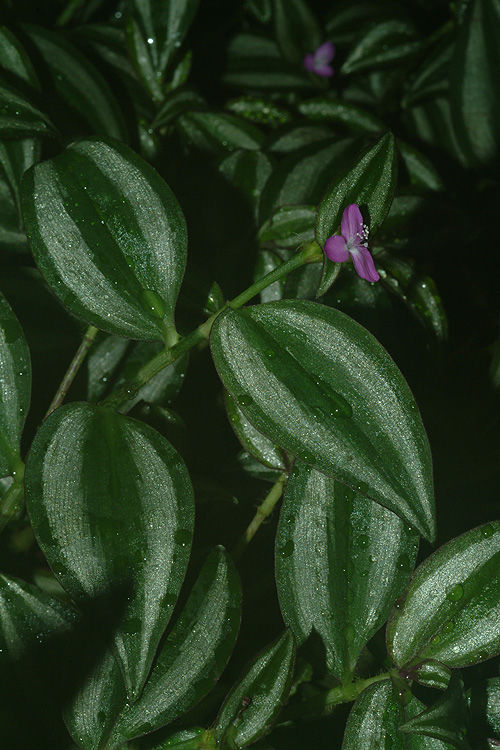
Tradescantia zebrina Bosse Colombian Plants made accessible
This datasheet on Tradescantia zebrina covers Identity, Overview, Distribution, Dispersal, Diagnosis, Biology & Ecology, Environmental Requirements, Impacts, Uses, Prevention/Control, Further Information. Identity Preferred Scientific Name Tradescantia zebrina Bosse Preferred Common Name wandering jew Other Scientific Names Cyanotis vittata Lindl.

Tradescantia Zebrina (Wandering Jew) Growing and Caring Tips
Herbs, decumbent. Leaves 2-ranked; blade variegated, abaxially reddish purple, adaxially striped green-and-white, lanceolate-elliptic to ovate-elliptic, 3-9 × 1.5-3 cm (distal leaf-blades wider or narrower than sheaths when sheaths opened, flattened), base oblique, cuneate, apex acute to acuminate. Inflorescences terminal, consisting of pairs of sessile cymes enclosed in sheaths of.

Amor de hombre, tradescantia, Tradescantia Zebrina Bosse Plantas y Jardines
Height: 60cm Spread: 30cm Foliage colour: Tradescantia zebrina, or the silver inch plant, is a house plant with unusual, variegated leaves that are green, purple and silver. It has a trailing habit so looks great in a hanging planter or on a shelf. How to grow Tradescantia zebrina Tradescantia zebrina is very easy to grow and tolerant of neglect.
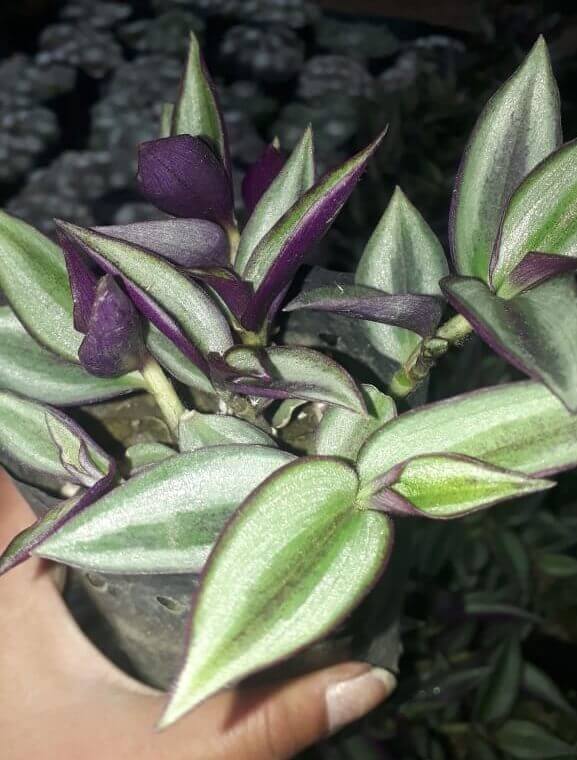
Tradescantia zebrina Bosse(Variety 1) "Wandering jew" Bhimtal Nursery
Free 2-day Shipping On Millions of Items. No Membership Fee. Shop Now!
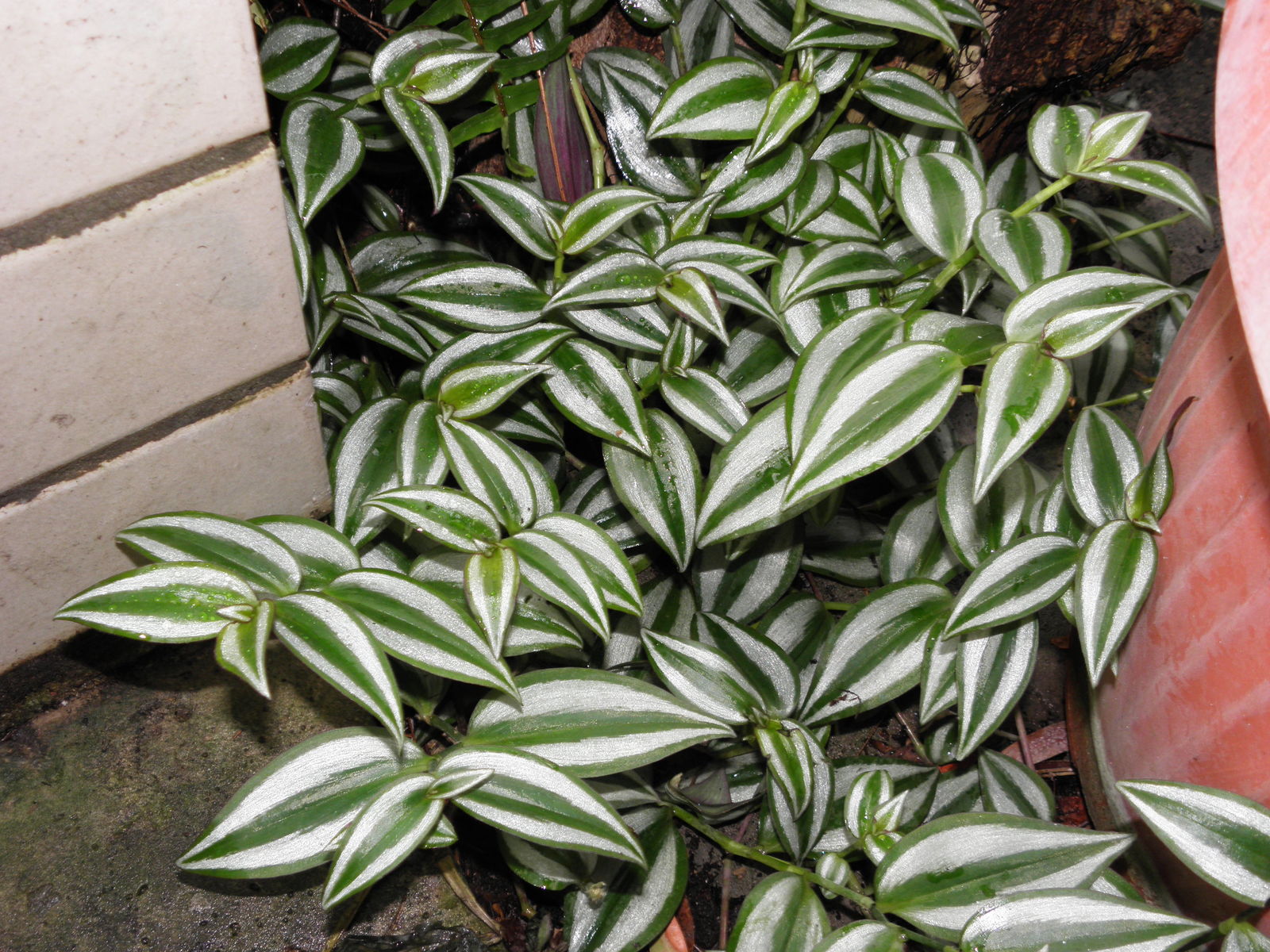
Tradescantia zebrina Bosse Plants of the World Online Kew Science
Tradescantia zebrina (formerly T. pendula) goes by the names spiderwort, inch plant, silver inch plant, zebra plant, wandering dude, and the name epithet wandering Jew.Many people are moving away from this last name because it has negative and offensive connotations. Native to warm, humid areas in Mexico, Columbia, and Guatemala, it has naturalized in hospitable areas in Asia and South America.

Tradescantia zebrina Care Guide (Inchplant/ Spiderwort)
Under glass grow in loam-based potting compost (JI No.2) in bright filtered light; water moderately when in active growth using a balanced liquid fertiliser monthly, water sparingly in winter. Outdoors grow in moist, fertile soil in sun or shade. Trim to promote thick growth and strong shoots with bold foliage. Water freely in dry weather.

Wandering Jew Tradescantia Zebrina Bosse Etsy
Tradescantia zebrina (commonly known as wandering Jew, spiderwort, or inch plant) is popular for a reason: This beginner-friendly houseplant is low-maintenance and grows quickly. It's also super easy to propagate more plants so you can fill your home with the colorful striped foliage the species is known for.

Tradescantia zebrina Heynh. ex Bosse, Inchplant (Tropical Andes) identify
Commelina zebrina (Bosse) André Commelina zebrina C.B.Clarke Cyanotis zebrina (Bosse) Nees Tradescantia zebrina Loudon Tradescantia zebrina subsp. zebrina Zebrina pendula Schinz Zebrina pendula var. pendula Zebrina pendula var. quadrifolia L.H.Bailey Homonyms Tradescantia zebrina Bosse Tradescantia zebrina G.Don, 1855 Tradescantia zebrina Heynh.

Biota Tradescantia zebrina Bosse
Tradescantia zebrina is native to Mexico. It is a very popular trailing plant. Where winter hardy, it is commonly grown as a groundcover that roots at the nodes as stems spread along the ground. Foliage typically grows to 6" tall, but creeps to 2' wide or more if allowed to do so. Where not winter hardy, it is commonly grown in hanging.